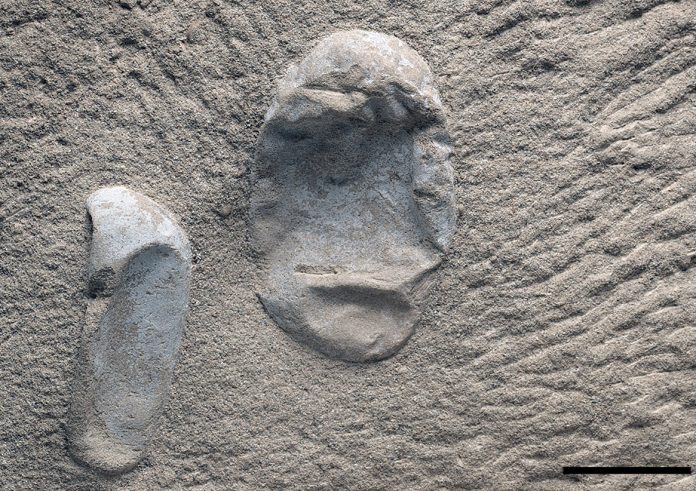
Researchers in China have unearthed the biggest fossil collection of Pterosaur eggs and bones ever, according to their findings published this Thursday in the journal Science. More than 200 fossilized eggs and 16 embryos at different stages of growth were found in the Gobi Desert in northwestern China.
Xiaolin Wang, the lead author of the paper and a paleontologist from the University of Chinese Academy of Sciences in Beijing, shared his discoveries with his colleague Dr. Alexander Kernell of the Federal University of Rio de Janeiro. Both concluded the haul finding was an almost “impossible” strike of luck.
Prior to the discovery in the Gobi Desert, scientists all over the world had only found a handful of eggs in Argentina and China’s regions near the new site. Researchers have praised the research, but warn against jumping to conclusions too quickly based on evidence that is rarely obtainable and rarely this plentiful.
Huge haul of rare pterosaur eggs excites palaeontologists https://t.co/UBhKvDZMZN pic.twitter.com/iEBaU6gHf2
— nature (@Nature) November 30, 2017
Pterosaur hatchlings might not have been able to fly right away
Wang found an accumulation of 215 eggs fossilized in sandstone and a considerable number of bones and bone fragments in the surroundings. Out of the massive egg basket, only 16 contained embryos at various stages of formation.
Upon realizing this, the two scientists called for the location to be CT scanned in search for more answers about the previously undocumented development of these ancient winged reptiles, which also happen to be the largest creatures ever known to soar the skies of the Earth.
As it happens, the scans revealed that unborn pterosaurs showed signs of a more advanced development of their legs and not so much of their arms and wings, suggesting they might not have been able to fly from the get-go as previously believed. The x-rays also showed no signs of teeth on more developed embryos.
Birds and pterosaurs could be more similar than we think
With this information in hand, Wang and Kellner infer that newborn pterosaurs could have been very similar to bird hatchlings of most species, meaning they needed some parental assistance to some extent and only learned how to fly later on their youth.
The absence of teeth also suggests that young pterosaurs might have been fed by their parents until they grew teeth and gained the ability to fly and hunt on their own. This, of course, is all speculation based on the hypothesis that the Gobi Desert eggs were samples close enough to hatching.
If they were not, as some scientists have pointed out with careful consideration, then Wang and Kernell’s conclusions might still be far off from reality in ancient times.
The large group of eggs is believed to have washed ashore after a storm since they were found together but not protected or surrounded by any sort of nest. The sheer amount of samples also suggests that pterosaurs adhered to specific nesting locations and protected their eggs until they hatched, much like some marine bird species of today.
Source: Science











